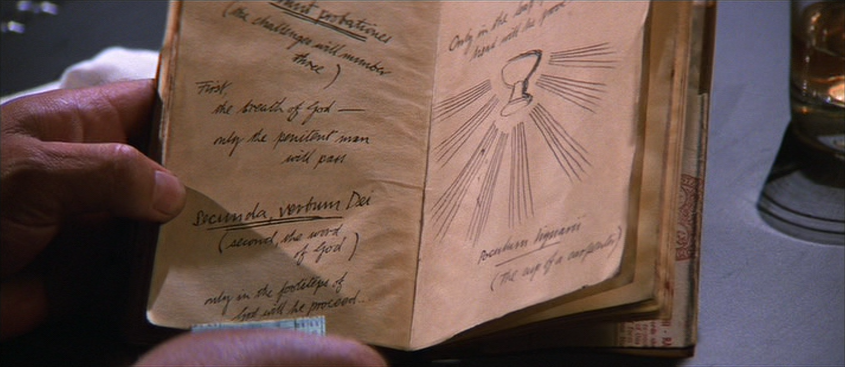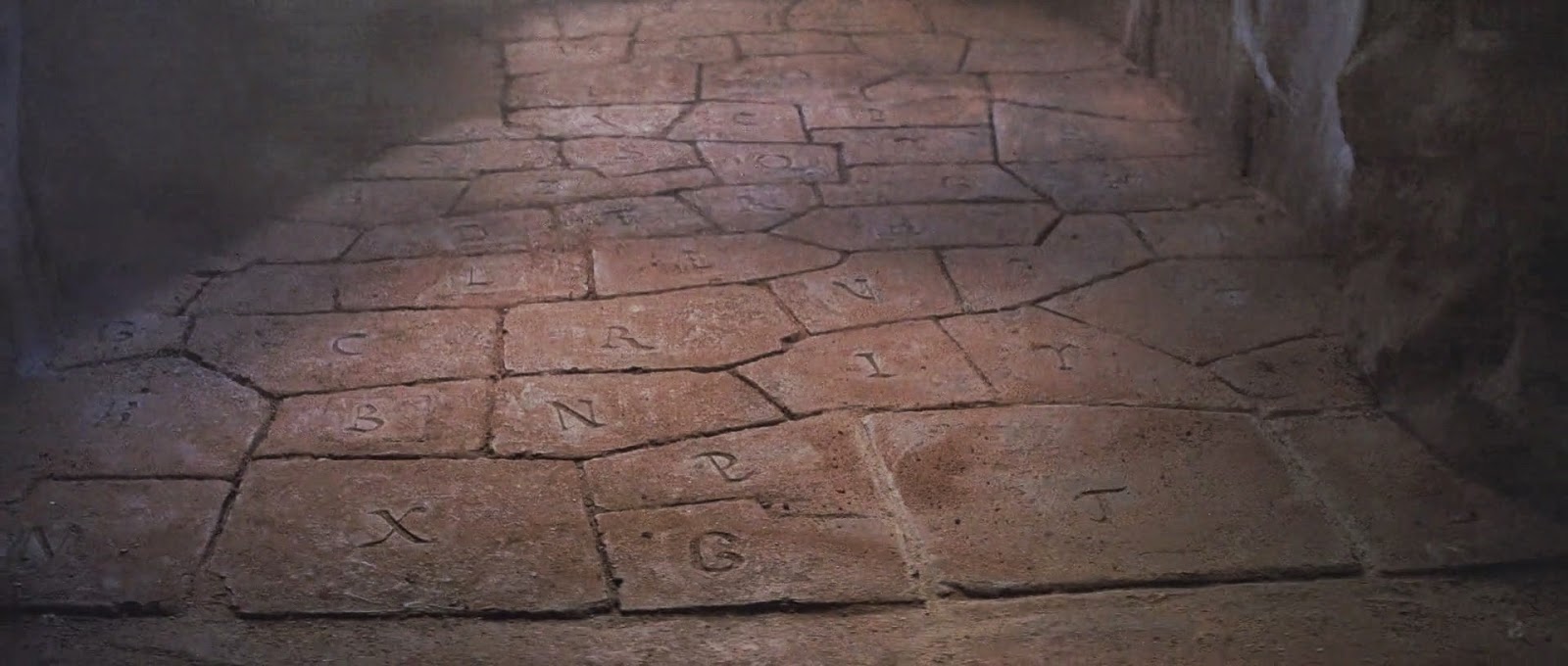#MovieFailMondays: Indiana Jones and the Last Crusade (or, How Movies Can Teach You About Logical Fallacies and Help You Ace the LSAT)
 Each week, we analyze a movie that illustrates a logical fallacy you’ll find on the LSAT. Who said Netflix can’t help you study?
Each week, we analyze a movie that illustrates a logical fallacy you’ll find on the LSAT. Who said Netflix can’t help you study?
Indiana Jones – an amazing series of two movies that unfortunately also had two other films with the same name to dilute the awesomeness.
 Telling the tale of daring archaeologist Indiana Jones, the series follows his pulp-style exploits in rescuing precious artifacts, historically significant items, and damsels in distress. With a smirk, bullwhip, and fedora, Indy single-handedly caused every child to consider a career in archaeology and Nazi-hunting (the former thwarted by a lack of jobs; the latter thwarted by a lack of Nazis).
Telling the tale of daring archaeologist Indiana Jones, the series follows his pulp-style exploits in rescuing precious artifacts, historically significant items, and damsels in distress. With a smirk, bullwhip, and fedora, Indy single-handedly caused every child to consider a career in archaeology and Nazi-hunting (the former thwarted by a lack of jobs; the latter thwarted by a lack of Nazis).
In the first film, Indiana Jones manages to uncover the Ark of the Covenant and melt some Nazi faces. In the second, he travels back in time (or it was a prequel – I didn’t pay much attention, as it’s not as good as the others) to do something with a jewel. I’m a little fuzzy on the details. And finally, in the third movie, he discovers the resting place of the Holy Grail, which had thwarted knights, treasure seekers, and Monty Python for generations. And yes, finally – there was no other Indiana Jones movie after The Last Crusade. *fingers in ears while saying La-La-La-La*
In the final (Yes, final! Stop ruining my childhood!) film, Indiana Jones tracks his father down to rescue him from – you guessed it – Nazis searching for the Holy Grail. After a series of improbable stunts, escapes, and fights, the entire cast ends up in a temple in the middle of a chasm. Three riddles are given to pass the booby traps that protect the room holding the Grail.
Thus enters our logical fallacies.
Being a badass, Indiana Jones doesn’t commit a logical fallacy. Instead, he avoids three in surviving the traps. You didn’t think I was going to ruin this film, too, did you? George Lucas can do that just fine by himself.
1. Only the penitent man will pass

The first booby trap involved a series of blades meant to decapitate anyone who didn’t understand the riddle. Indiana Jones, however, quickly figured it out – if you are penitent, then you kneel. By waiting for the proper time and then taking a knee, Indy was able to overcome the first obstacle.
And, in doing so, he was able to properly equate to terms. A penitent man isn’t the same as a kneeling man, but a penitent man does kneel.
There are similar ideas on the LSAT that overlap, conditionally, in one direction. For instance, if you win, we know you didn’t lose. But if you don’t lose, we don’t know that you won – you could have tied. Similarly, a kneeling man isn’t necessarily penitent (he could be a quarterback in a huddle), but if you’re penitent, then you kneel. Watch out for these implicit and unidirectional conditionals on the test!
2. Only in the footsteps of God will he proceed

A series of cobblestones with letters. An obscure phrase written in the diary of a Sean Connery. A hundreds-foot fall if you make a mistake. To most of us, this is death. To Indy, it’s just another day at the office.
Looking at the letters, Indy realized he would have to hop onto the tiles that spelled the name of God. And he almost made a mistake, jumping first onto a “J” (for Jehovah – seriously, watch the movie, it’s awesome).
But he quickly realized that he was committing a temporal fallacy, and he’d have to fix it. In modern spelling, the name starts with a “J”. However, back when the temple was made, it would have been an “I”. Realizing that things true today weren’t necessarily true in the past allowed Indy to survive the temple, and it’ll allow you to survive test day.
3. Only in the leap from the lion’s head will he prove his worth
A huge chasm. Yet another chance to plummet to his death. A fate almost as bad as being forced to star in a terrible film featuring aliens and fridge-based nuclear survival devices.
Indy realized that not everything is what it seems, however, and stepped out onto a hidden ledge that, thanks to a handy optical illusion, appeared invisible.

His “faith” was really just a recognition of the perception vs. reality flaw – just because people perceive something a certain way doesn’t make it true. This flaw commonly shows up on the LSAT when dealing with surveys asking about opinions – don’t fall for it.
Also, don’t think this means you should step out into chasms because there might be a hidden path there. That’s a bad idea, and I won’t accept any liability for your actions in that regard.
A fedora. A whip. And an uncanny ability for avoiding flaw-based traps. Indy would have made a pretty impressive lawyer.
https://www.youtube.com/watch?v=zhkXmaEYMl4
 Matt Shinners is a Manhattan Prep instructor based in New York City. After receiving a science degree from Boston College, Matt scored a 180 on his LSAT and enrolled in Harvard Law School. There’s nothing that makes him happier than seeing his students receive the scores they want to get into the schools of their choice. Check out Matt’s upcoming LSAT courses here!
Matt Shinners is a Manhattan Prep instructor based in New York City. After receiving a science degree from Boston College, Matt scored a 180 on his LSAT and enrolled in Harvard Law School. There’s nothing that makes him happier than seeing his students receive the scores they want to get into the schools of their choice. Check out Matt’s upcoming LSAT courses here!

